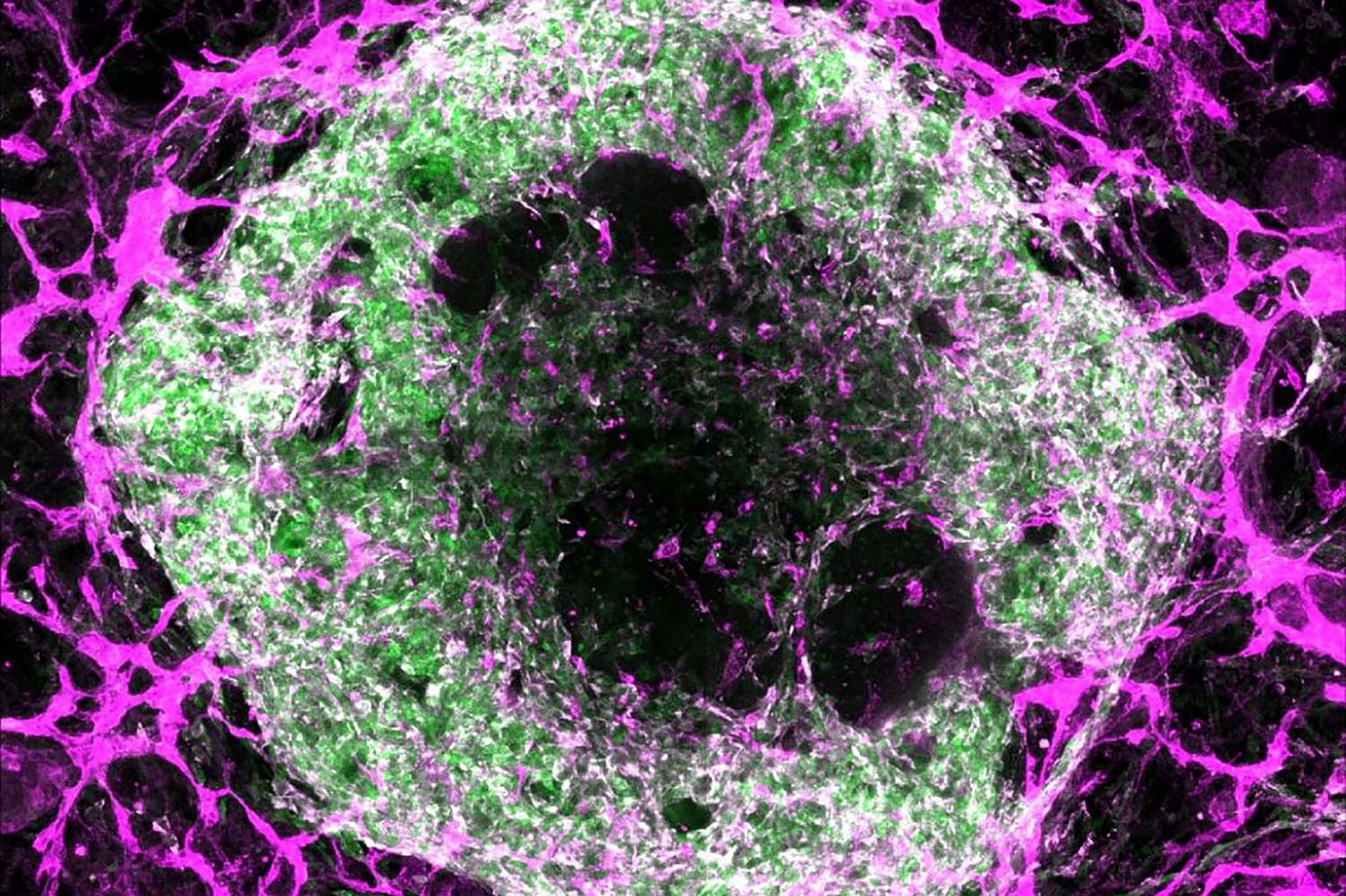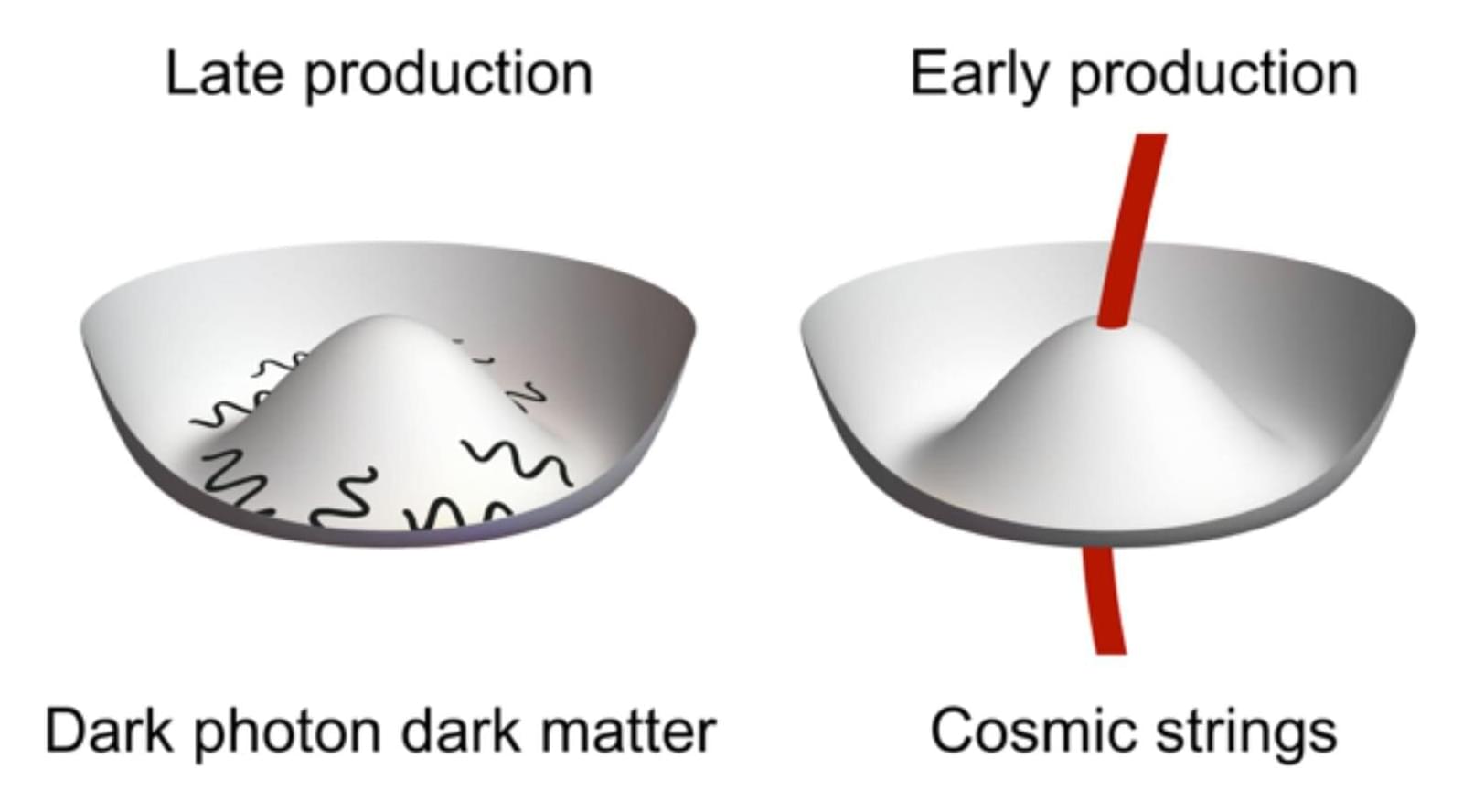Get the latest international news and world events from around the world.

Stir stick that detects spiked drinks developed by UBC researchers
Researchers at the University of British Columbia say they have developed a new tool to detect common drink-spiking drugs.
They say they plan to test the device, known as Spikeless, in the hopes it will one day be used widely to combat drugs being added to drinks and to prevent sexual assaults.
The university said in a news release that the “seemingly ordinary stir stick” can detect drugs such as GHB and ketamine within 30 seconds, changing colour if a beverage is contaminated.
Sasha Santos, an anti-violence activist working with the researchers on the project, says the technology has the potential to be a game-changer, adding that other drug testing tools are marketed to customers in a problematic way.
An anti-violence activist says the invention, which can detect drugs within 30 seconds, aims to make the stir sticks ubiquitous in bars, clubs and pubs, so every single drink served comes with a safety test.



Creating the World’s First CRISPR Medicine, for Sickle Cell Disease
When Vijay Sankaran was an MD-PhD student at Harvard Medical School in the mid-2000s, one of his first clinical encounters was with a 24-year-old patient whose sickle cell disease left them with almost weekly pain episodes.
“The encounter made me wonder, couldn’t we do more for these patients?” said Sankaran, who is now the HMS Jan Ellen Paradise, MD Professor of Pediatrics at Boston Children’s Hospital.
In 2008, Orkin, Sankaran, and colleagues achieved their vision by identifying a new therapeutic target for sickle cell disease.
In December 2023, through the development efforts of CRISPR Therapeutics and Vertex Pharmaceuticals, their decades-long endeavor reached fruition in the form of a new treatment, CASGEVY, approved by the U.S. Food and Drug Administration.
The decision has ushered in a new era for sickle cell disease treatment — and marked the world’s first approval of a medicine based on CRISPR/Cas9 gene-editing technology.
How a genetic insight paired with gene editing technology led to a life-changing new therapy.

Smart tiny ‘seeds’ grow carbon nanotubes to cool down small devices
The goal is to understand and control the formation of alumina-supported iron nanoparticles using a high-tech microscope and machine learning.

Escaping cosmic strings: How dark photons could finally work as dark matter
Researchers, in a recent Physical Review Letters paper, introduce a new mechanism that may finally allow ultralight dark photons to be considered serious candidates for dark matter, with promising implications for detection efforts.
Around 85% of all matter is believed to be dark matter, yet this elusive substance continues to puzzle scientists because it cannot be observed directly.
One of the candidates for dark matter particles is dark photons. These hypothetical particles are similar to regular photons but have mass and interact only weakly with normal matter.

From spin glasses to quantum codes: Researchers develop optimal error correction algorithm
Scientists have developed an exact approach to a key quantum error correction problem once believed to be unsolvable, and have shown that what appeared to be hardware-related errors may in fact be due to suboptimal decoding.
The new algorithm, called PLANAR, achieved a 25% reduction in logical error rates when applied to Google Quantum AI’s experimental data. This discovery revealed that a quarter of what the tech giant attributed to an “error floor” was actually caused by their decoding method, rather than genuine hardware limitations.
Quantum computers are extraordinarily sensitive to errors, making quantum error correction essential for practical applications.

The Cosmic Owl: Astronomers discover a peculiar galaxy merger
An international team of astronomers reports the detection of a peculiar merger of two similar ring galaxies that morphologically resemble an owl’s face. The discovery of this galaxy merger, dubbed the “Cosmic Owl,” is presented in a research paper published June 11 on the arXiv preprint server.
Galaxy mergers play a crucial role in the evolution of galaxies. These events redistribute the gas around galaxies, impact the stellar kinematics, transform galaxy morphology, and eventually lead to effective stellar mass assembly.
Some galaxy mergers lead to the formation of collisional ring galaxies (CRGs), which are relatively rare as only a few hundred of them have been detected in the local universe. Rings in such galaxies are created when one galaxy passes directly through the disk of another in a nearly head-on collision, causing gas and stars to be shocked outward into a circular or near-circular pattern.